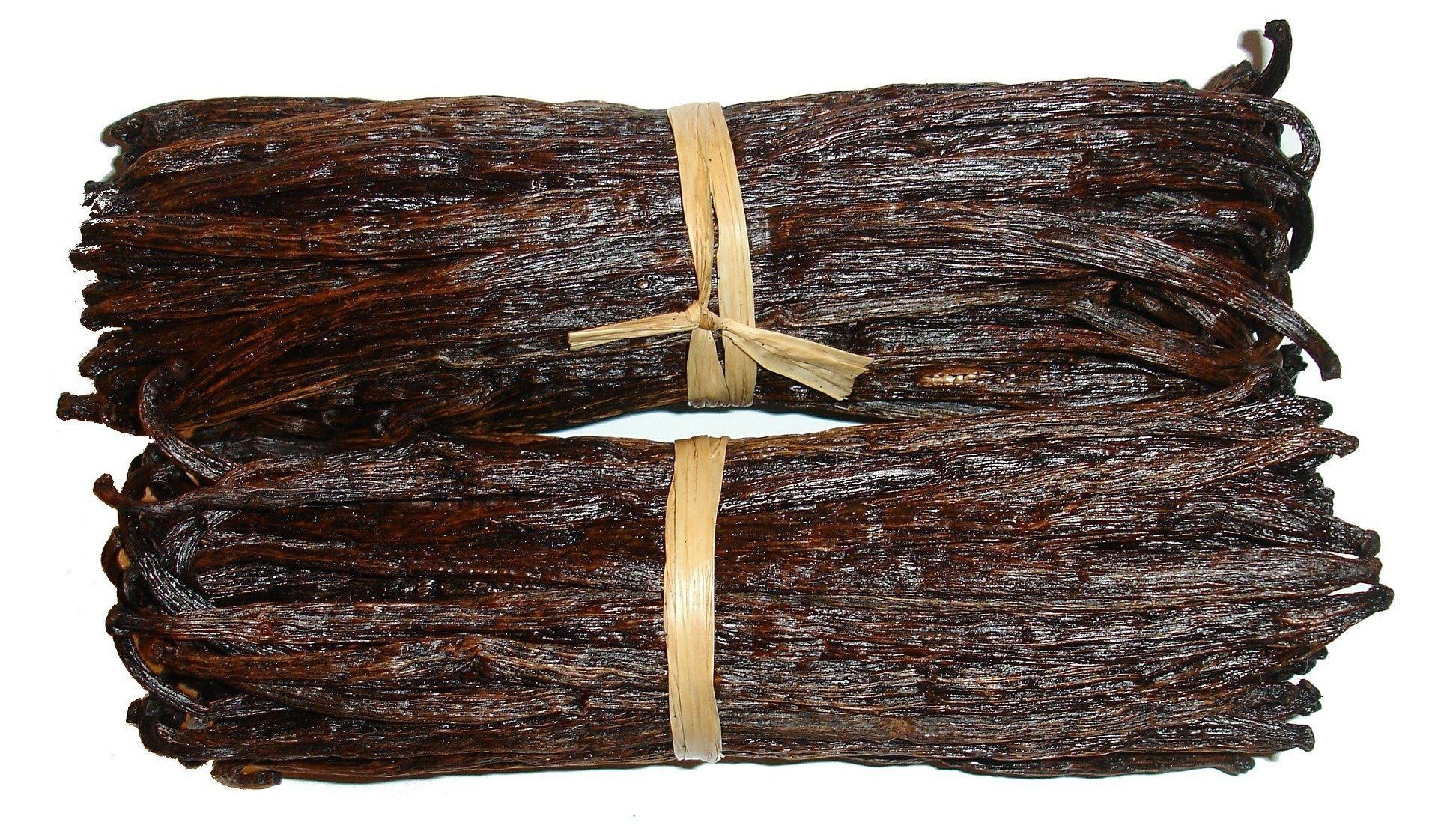Why Are Vanilla Beans So Expensive?
Uncovering The Truth Between The Rise of Vanilla Prices
If you were to ask me why vanilla is so popular in cooking and baking, I could rattle off innumerable reasons! The allure of the vanilla bean is apparent. One whiff of the sweet, earthy fragrance and we simultaneously experience a sense of calmness and begin to salivate. I will likely never be presented with that question because everyone seems to possess an adoration for the rich, supple bean that is incorporated into their favorite treats. Something that is a little more difficult for folks to wrap their heads around and a question posed more frequently is:
“Why are vanilla beans so expensive”?
To answer that question we need to look at the life of the vanilla orchid, how do vanilla beans grow, the harvesting process, and the effects of, and reasons for fluctuations in supply and demand.
Vanilla beans are the fragrant fruit of the vanilla orchid, which grows on vine-like flora found in tropical regions such as Mexico, Tahiti, Papua New Guinea, Uganda, and Madagascar, with Madagascar producing the bulk of the world's supply of vanilla.
While many orchids don flowers multiple times a year—some for several months at a time—the vanilla orchid blooms just once every orbit around the sun and is in bloom for only 12-24 hours, which equals the window of time the vanilla orchid has to be pollinated. Further complicating the pollination of this particular orchid is the fact that its primary native pollinator is the endangered Melipona Bicheii bee, an ancient, stingless bee found only in Central America. Thus, hand pollination is required to produce the fruit of the vanilla orchid. This is just one of the reasons why vanilla beans are so expensive to acquire.
Once the vanilla orchid has been pollinated, it takes up to 9 months before the vanilla beans are ready to harvest. If they are picked too early, the quality of the vanilla suffers. Next begins the curing stage, a process that is mostly done manually and takes several months.
Shortly after the vanilla beans have been harvested, they are killed to commence the enzymatic reaction essential for the production of vanillin (that familiar vanilla taste). The process of killing the bean varies. The vanilla beans are either scalded, scratched, exposed to direct sunlight, frozen, or heated in ovens. The process used directly correlates to the quality of the vanillin produced.
Immediately following this step in the curing process, is the sweating stage. This usually happens by wrapping the beans tightly in a cloth and storing them in a warm, dark container for weeks on end. Though, other methods do exist.
Next, the vanilla beans must be preserved in a drying process. They are usually air-dried partially in the sun and partially in the shade to prevent them from drying too much and experiencing a deterioration of quality. A typical problem in the drying process is the tendency to dry unevenly. To combat this, beans are often massaged by hand.
Even after drying the beans, they still haven’t reached their peak quality. They must then be wrapped in wax paper, placed in boxes, and stored for about a month until they are ready to be used.
As you can see, producing a high-quality vanilla bean is a highly-intensive and lengthy process. It’s no wonder why vanilla beans are so expensive.
But what about the skyrocketing price of these fragrant beans in recent years?
Well, it really comes down to supply and demand. Madagascar is the highest producer of vanilla beans and much of its crop was decimated with a cyclone that hit in 2017. Considering the orchid doesn’t reach maturity for about 3-5 years, this had a lasting impact on the vanilla market. Even with the planting of crops, worldwide supply has diminished, which has influenced drastic price increase.
This began a dreadful cycle. The high price people are willing to pay for the world’s most popular spice encouraged a rash of armed robberies, which decreased the farming supply and prompted growers to harvest beans early. As mentioned earlier, the quality of the beans suffers when they are harvested early. So there are fewer high-quality beans available, which further increases the demand and price.

And the crimes committed upon vanilla farmers aren't secluded to Madagascar; these atrocities are taking a toll on farmers across all vanilla growing regions. In one specific instance, orchestrated theft depleted the vanilla supply that was the livelihood. of a remote village in Uganda.
That's just one of the reasons Slofoodgroup has teamed up with a European company to donate a portion of vanilla proceeds to get them back on their feet again, funding things like tools, housing, food for their families, increased security, and organic certification training (the image to the left is the first time they had ever visited a city—and they did so to receive their certification).
If you are wondering what you can do to help with vanilla trade atrocities, ensure you are buying vanilla from reputable sources and not street vendors on your next vacation.
Now that you are informed, you can't answer the question, "why are vanilla beans so expensive" for others with the same inquiry. But if you are simply waiting for the price of vanilla to drop, don't hold your breath. We don't foresee this happening for at least a few years.
Until then, check out these Organic Ugandan Vanilla Beans. A portion of the proceeds help the farmers and to make it more attainable despite high prices, we are offering a 10% discount for the readers of this post (while supplies last). Just use code 'Uganda10' at checkout.







Slofoodgroup
Author